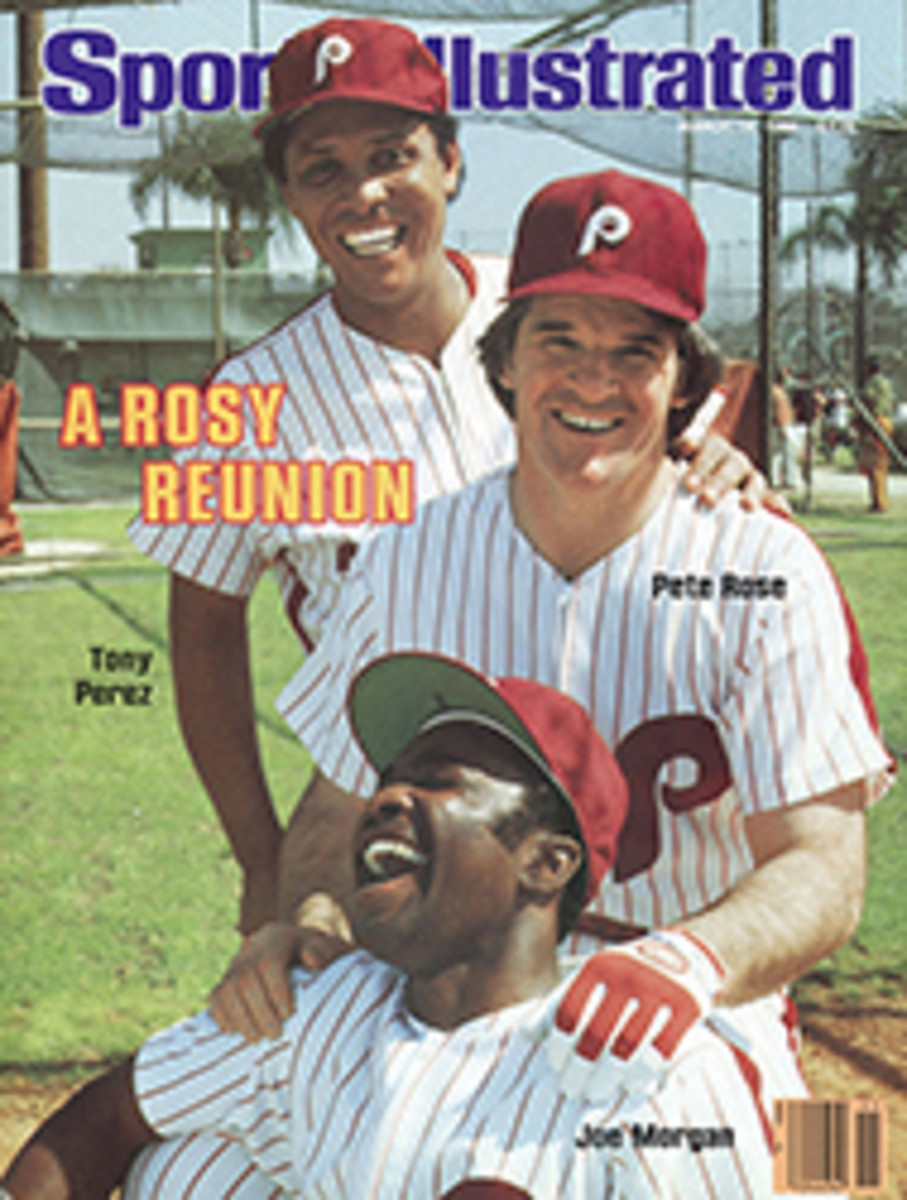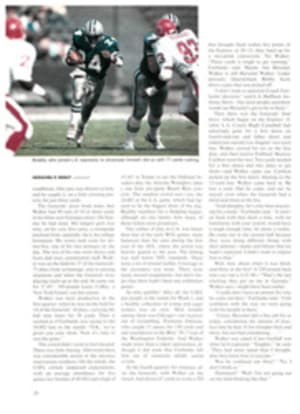
NOW BRING ON THE TORCH
Sarajevo likes to be called a sporting city, and with good reason. Indeed, it's said that 50,000 of its 450,000 citizens are involved in organized sports through 140 clubs, with 15,000 of those participants active in "first-class" sports. The Sarajevans play a mean game of hoops, among other things; a local amateur team, Bosna, was the European Champions' Cup winner in 1979. On a more casual level: "We're all very healthy because we don't like to work too much," says Dr. Lala Stajić, an anesthesiologist at a Sarajevo clinic. "We'd rather go to the mountains and ski."
As for the Winter Olympics, according to the Organizing Committee preparations are 90% complete; about all that's left to do is tie up loose ends and bring on the torch. The Games were originally budgeted at $160 million, but in the middle of the Olympic trials last month, it was announced that the actual cost would be $135 million because of savings realized by beating construction schedules and by cutting out some ski lifts, parking lots and access roads. While much of the cost will be covered by TV revenues and commercial tie-ins, everyday citizens have taken pride in helping the cause by having a few dinars deducted from their paychecks.
The Alpine and Nordic venues are challenging, to say the least, and the new bobsled run is a positive gem. The pride of the downtown area is the Zetra complex. It consists of the remodeled and expanded Koševo soccer stadium, an arena for ice hockey and figure skating and a speed-skating oval. In the stadium a crowd of 50,000 will view the opening ceremonies. The new arena next door, an ultramodern, angular edifice, is copper-sheathed and glows warmly when the sun shines. According to the committee, the arena will seat 8,000 for competitive events and the closing ceremonies, but they've got to be counting on people clinging to the rafters and setting a few chairs out on the ice. A more realistic estimate would be 5,000 or so, and that's if spectators don't show up in down-filled parkas. Next door, the speed-skating oval is handsome and clean-lined, ringed by stands for 2,000 enthusiasts. For everyone else, there's television.
The early-round hockey games and figure-skating compulsories will be conducted in two brand-new sports halls at Skenderija, which is a sort of monster shopping mall in the middle of Sarajevo. There's talk that nightly medal-award ceremonies will be staged on a balcony overlooking the plaza that surrounds the mall.
The Olympic Village is only four miles from downtown, in a suburb called Mojmilo, easily reachable by a Toonerville-type trolley. The Village consists of the usual sterile-looking medium-rises that will later become housing for the townsfolk. The press will be put up in similar buildings nearby, and other Olympic visitors, the committee says, "will find accommodations in private residences and hotels." If this year's pre-Olympics crush was any indication, they're going to need lots of luck.
For those who attended the pre-Olympic events, there was a feeling of relief on getting out of town—and yet there was also a poignant sense of hope that the Yugoslavs can actually pull off a first-rate Olympics. As one of the organizing committee's translators, Olivera Todoroviƒá, says, "We want to do this. We have to make people of the outside world believe that we're capable of staging the Winter Games."
PHOTO
The Zetra is agleam with high Yugoslav hopes.

